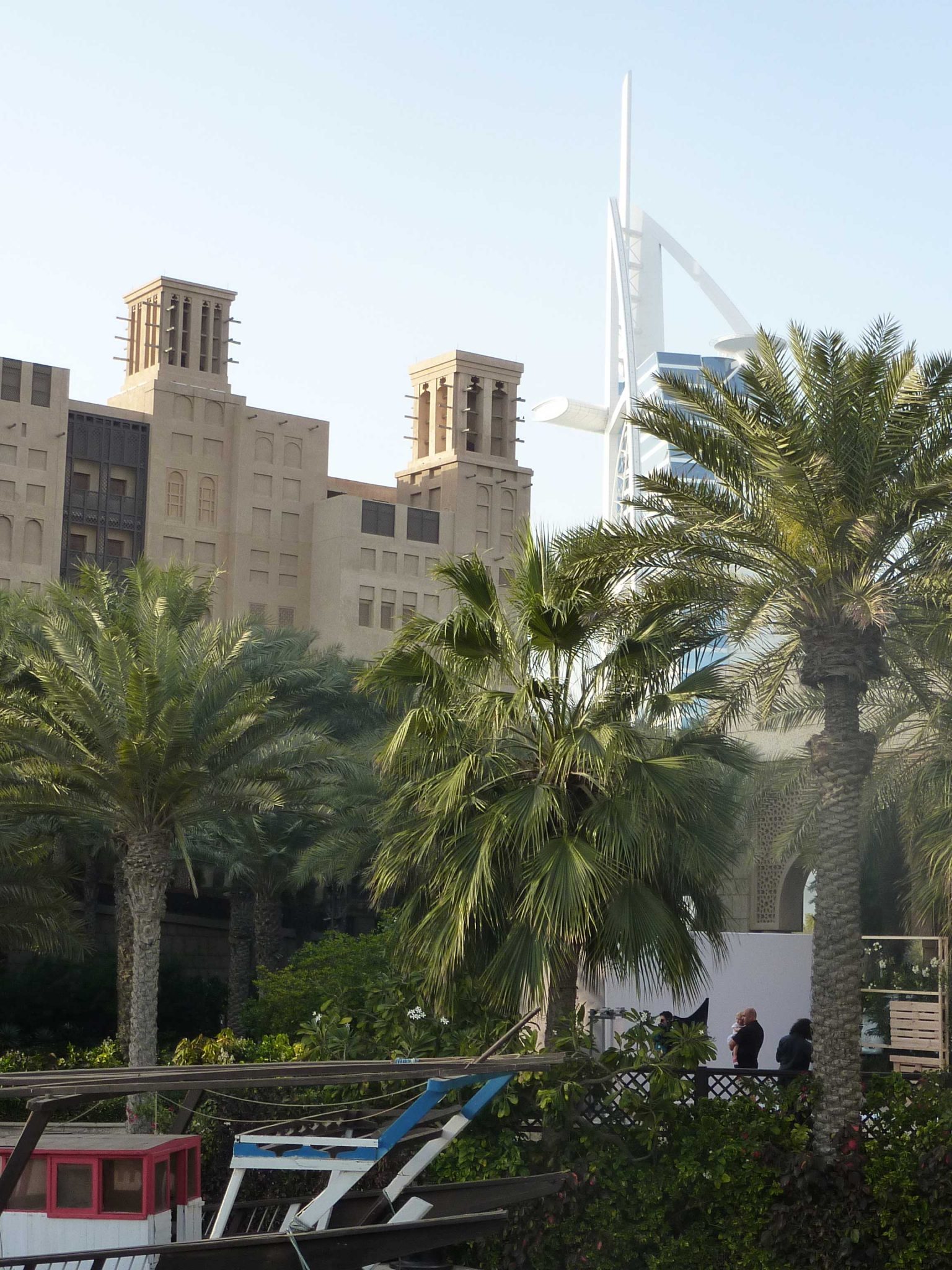If it’s mid-March, it must be Art Dubai – though now that I’m here, I have that sense of mild panic I get at art fairs that tells me I could be anywhere in the world. But it’s definitely Art Dubai, because I’m sitting in an air-conditioned marquee on an artificial island in a palm-lined lagoon in the outdoor courtyard of the Madinat Jumeirah – a beachside convention centre, hotel and shopping complex in Dubai’s ‘media city’ district, styled like a medieval Arabian citadel. I’m sitting through a few sessions of the ‘Global Art Forum’ programme, a gathering of international talking heads curated by Istanbul-based writers Shumon Basar and H.G. Masters, which kicked off in Doha a few days earlier.
Talks programmes have become a standard feature of the international art-fair circuit. Cynics might dismiss them as little more than critical window-dressing, yet they serve a kind of purpose nevertheless, reflecting back to the art-fair audience its own aspirations for and preoccupations about being there: the art being sold, after all, still means something, and the evolving global art system still needs to try to make sense of itself. And the forum talks, though populated with more than a few globetrotting young art-and- politics blowhards, are a little more interesting than most, in their context.
Art Dubai is selling itself as a crossroads art fair, between Europe, Latin America, Asia, the Middle East and Africa, so the question of cultural localism and globalism is in the air – how to handle cultural context and local social realities in art when your audience (the collectors and institutions you want to attract) may have nothing in common with you. How to exist in a multipolar new world order of fast-growing economic regions and declining superpowers. How to find a place for your art scene, when old national identities and institutions seem to make less and less sense.
These pragmatic problems are refracted in the talks, with their self- consciously fluid thematic of ‘definitionism’: according to Basar and Masters, what we need now are new terms to navigate the shifting realities of the twenty-first century, so the rethinking of terms like ‘Middle East’ is high on the agenda, as is the footloose creation of neologisms. But while many of the discussions attend to the political realities of regions like the Middle East or Latin America or Central Asia, there seems to be an underlying desire to be rid of the troubled, messy, unstable realities of international politics and national boundaries, emphasising instead other forms of regional, cultural and ethnic boundaries and identities not beholden to the old, Western-drawn map of the world.
As Colombian philosopher Oscar Guardiola-Rivera argues in a panel discussion on what is meant by the acronym MENA (Middle East North Africa), art is playing a key role in reinventing and reimagining the past of different regions around the world, in order to create new cultural identities for the future.
So here we are, discussing the wilful reinvention of global cultural identities as ones that would be more flexible, more fluid and less entrenched in old borders and territories, more self-invented and imaginative. The irony, of course, is that such critical conceits perfectly mimic the artworld’s own peculiar evolution in the early twenty-first century. As the newly emerging regions of the south and east plug their art scenes into a more fully global network, in which both critical and commercial success depends on being able to circulate and exchange your art production to an ever wider public, the artworld becomes ever more detached from local or national audiences and concerns.
And yet, perversely, this increasingly homogeneous and universal artworld seems all the more obsessed with questions of cultural identity, of what it means to be and make art from Latin America, or Central Asia, or the Middle East, while fantasising about borderlessness and the endless reimagining of geographies (as is all too apparent in the latest instalment of the Sharjah Biennial, just up the road from Dubai).
That mixed-up obsession with both cultural locality and the mutability of identity is symptomatic of a debate incapable of acknowledging the artworld’s effective reality as something becoming truly global, yet detached from local pressures, while art itself becomes a more potentially ‘universal’ space of dialogue than ever before.
But ‘universalism’ is still a dodgy word in the artworld, and the discourse of cultural identity allows everybody to feel that they’re still ‘from somewhere’, that they’re still different. We’re not, of course. “So where are you from?” “Well, I’m from just anywhere.” “And where are you based?” “Oh, I’m based in the artworld…”
This article was first published in the May 2013 issue
